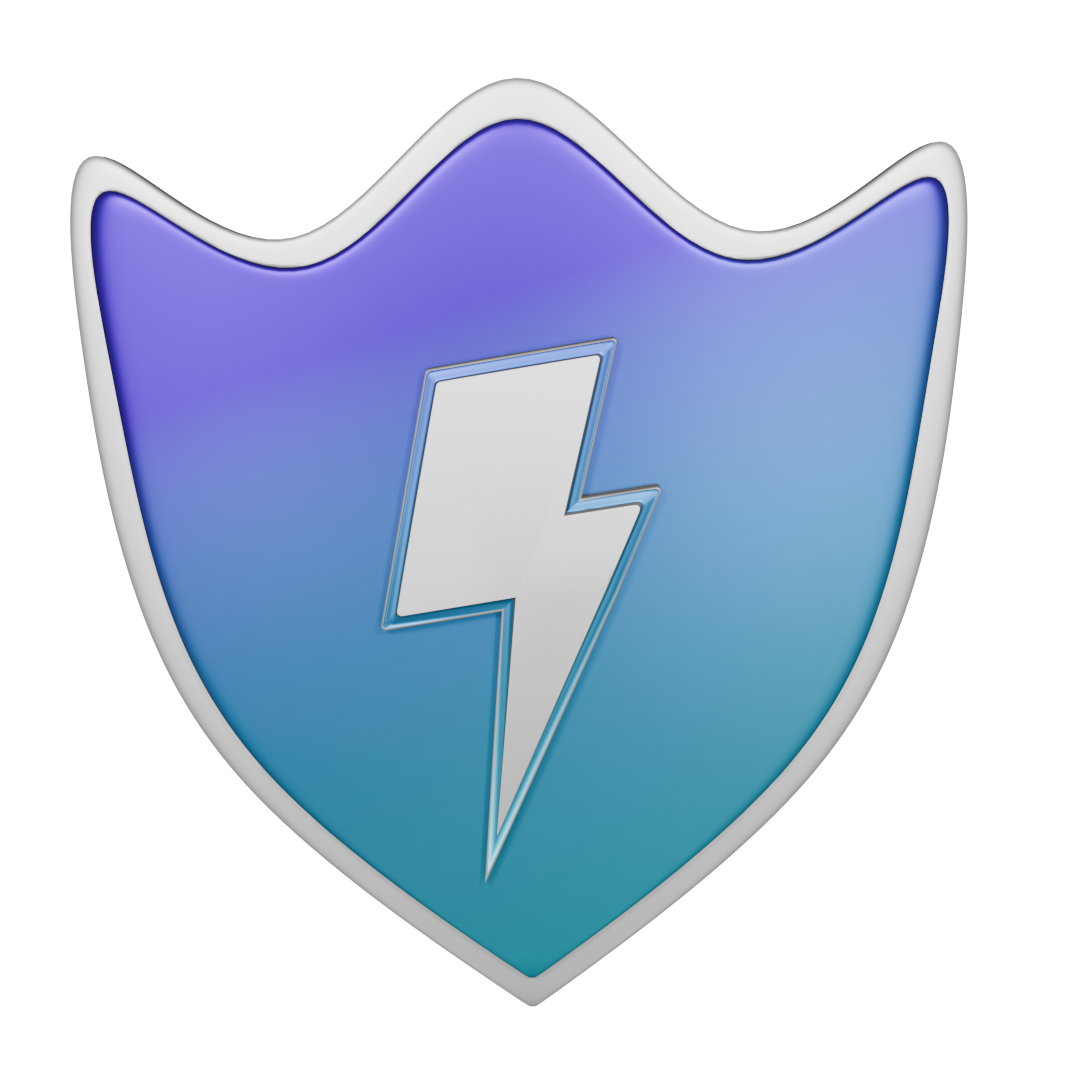
Voltsec.io, a proud initiative of The RD Group of Industries, has been a cornerstone of innovation and excellence since 2020. Guided by the legacy of our parent company, we remain committed to delivering groundbreaking solutions and upholding the highest standards in our field.
Web Pentest
Web applications are the backbone of the modern internet, powering everything from online shopping to social media. But with great power comes great responsibility, especially when it comes to security. Malicious actors are constantly searching for weaknesses to exploit, and even....

Prashant Goel • 2024-03-17

Web applications are the backbone of the modern internet, powering everything from online shopping to social media. But with great power comes great responsibility, especially when it comes to security. Malicious actors are constantly searching for weaknesses to exploit, and even a minor vulnerability can have devastating consequences.
Here at VoltSec, we're dedicated to helping you fortify your web applications. That's why we're breaking down 10 common web application vulnerabilities and providing actionable steps to keep your data and users safe.
Top 10 Web Application Threats:
Injection Flaws: These vulnerabilities arise when untrusted user input is directly inserted into database queries or system commands. Hackers can inject malicious code to steal data, manipulate applications, or gain unauthorized access.
Broken Authentication: Weak password policies, brute-force attacks, and session hijacking are just a few ways attackers can bypass authentication measures.
Cross-Site Scripting (XSS): Hackers can inject malicious scripts into your web application, potentially stealing user sessions, cookies, or redirecting users to phishing sites.
Insecure Direct Object References (IDOR): These vulnerabilities occur when applications grant unauthorized access to resources based on predictable patterns in URLs or other identifiers.
Security Misconfiguration: Default configurations are often not secure, leaving applications vulnerable to exploitation.
Sensitive Data Exposure: Unencrypted data like passwords, credit card numbers, and personally identifiable information (PII) are prime targets for attackers.
Missing Function-Level Access Control: Granular access controls are essential to restrict user actions based on their roles and permissions.
Cross-Site Request Forgery (CSRF): Attackers can trick users into unknowingly performing unauthorized actions on your web application through forged requests.
Using Components with Known Vulnerabilities: Outdated libraries, plugins, and frameworks can harbor vulnerabilities waiting to be exploited.
Unvalidated Redirects and Forwards: Malicious actors can manipulate redirects and forwards to send users to phishing sites or steal credentials.
By understanding these vulnerabilities and taking proactive steps to address them, you can significantly reduce the risk of web application attacks. Remember, security is an ongoing process, so stay vigilant and keep your defenses up-to-date.
VoltSec: Your Partner in Web Application Security
At VoltSec, we offer a comprehensive suite of web application security solutions to help you identify, assess, and remediate vulnerabilities. We can help you:
Contact us today to discuss your web application security needs and learn how VoltSec can help you build a strong security posture.